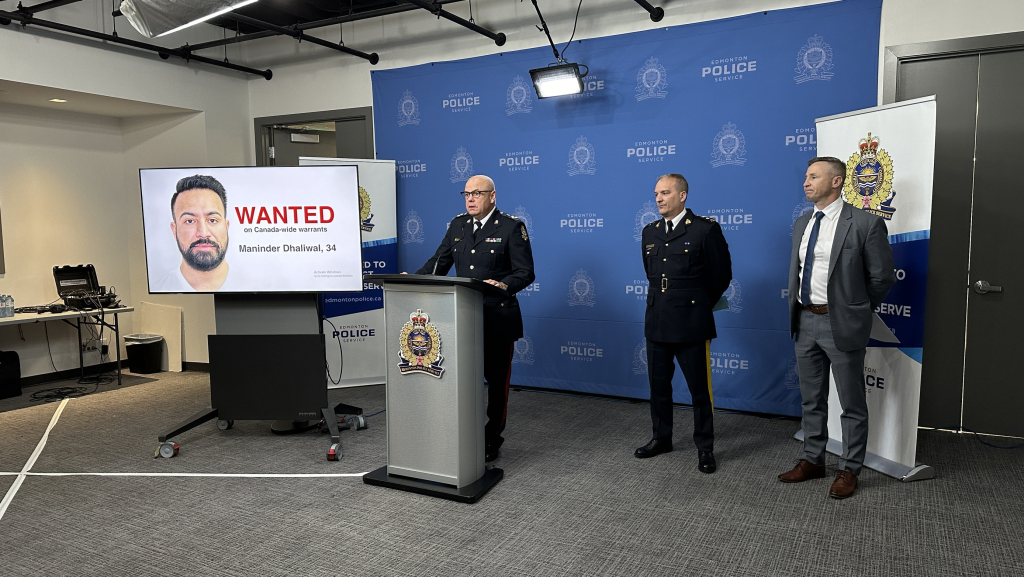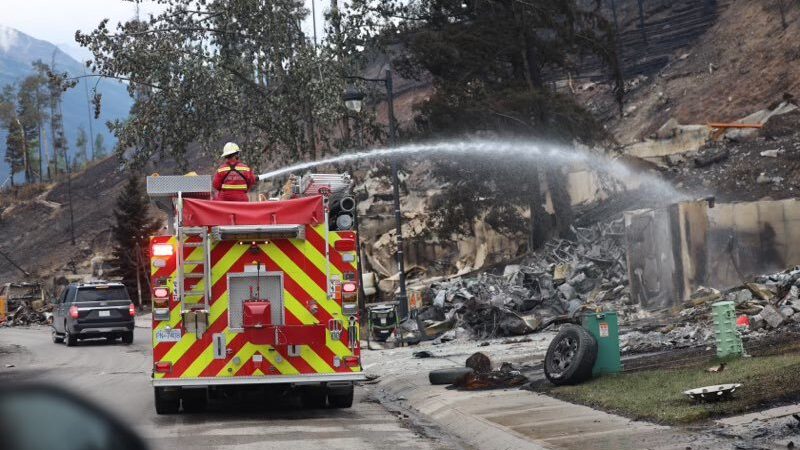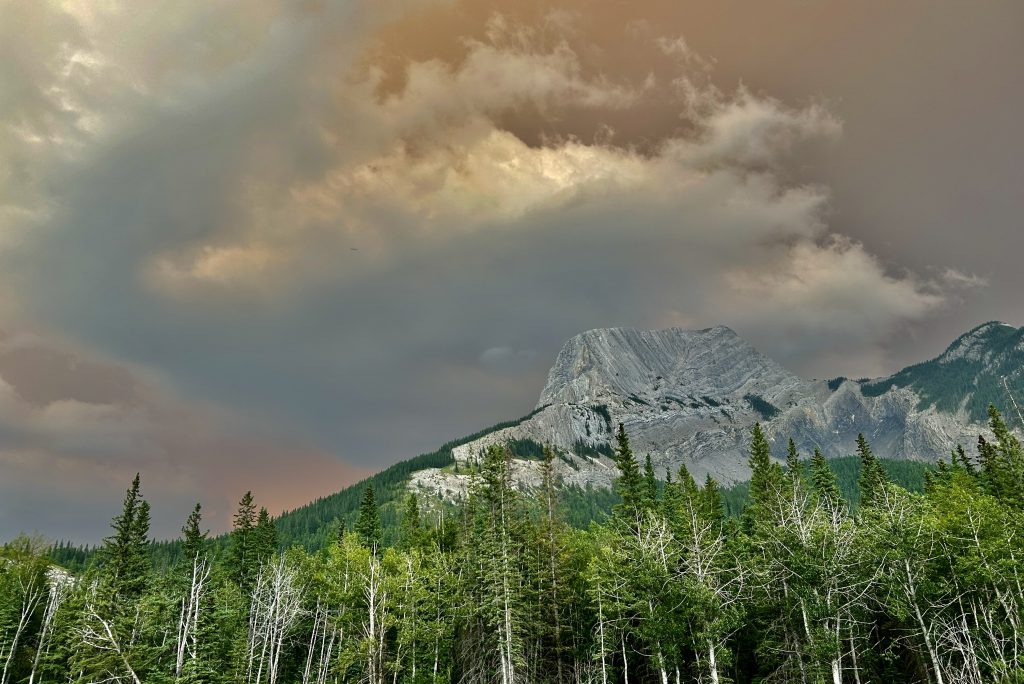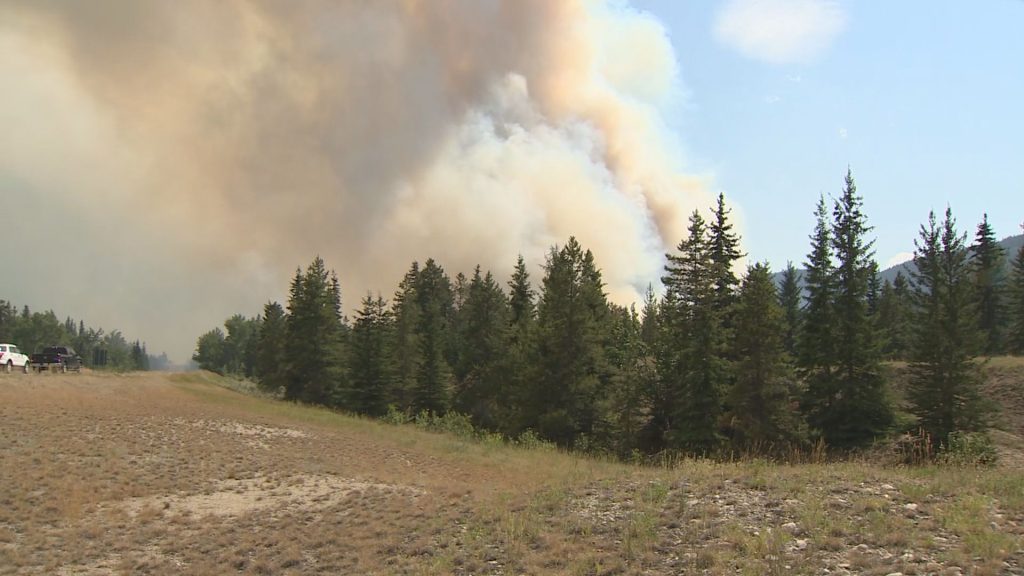Edmontonians watch partial solar eclipse
Posted April 8, 2024 3:42 pm.
Last Updated April 9, 2024 9:08 am.
Hundreds of Edmontonians gathered outside the Telus World of Science to view the partial solar eclipse Monday afternoon, with some skywatchers waiting years for the event.
“The sky is for everyone, and I love sharing this with the public,” said John Woolley, a volunteer at the Royal Astronomic Society of Canada.
Woolley spends his time volunteering, sharing his love of the stars and sky with others. He tells me that over the last 40 years, he’s travelled across Canada and to the Caribbean to see solar eclipses in his lifetime.
While Edmonton only had a partial total eclipse, Woolley was one of many out with his telescope to witness the celestial event. With many young families out to view the eclipse, Woolley hopes it leads to a life-long love of astronomy.
“Satisfying, I guess is the word. To see their response, when they see something for the first time,” said Woolley.

Much of eastern Canada got the full or near full eclipse, Edmonton still received a little bit of a solar show. Starting just before noon and ending nearly an hour and a half later.
Hundreds lined up to view the eclipse through proper telescopes.
The Telus World of Science recorded and streamed the eclipse to viewers online, with volunteers hoping children in the crowd know this could be a potential career option.
“You may not realize that, ‘Oh that’s something that’s awesome’ or., ‘That’s something I’m really interested in.’ Because this could become their jobs one day if they really fall in love with it,” said Kate Florian, Telus World of Science.
But organizers say Alberta will get to view a total solar eclipse — 20 years from now. Which means plenty of time to stake out a spot.
“That eclipse on August 22, 2044, will be visible through almost all of Alberta. The mountains, Calgary, Red Deer, Edmonton. There’s a particular region in the centre called the shadow line, and that’s where you’d expect to have the greatest region of totality,” said Frank Florian, the senior manager at the Telus World of Science.








